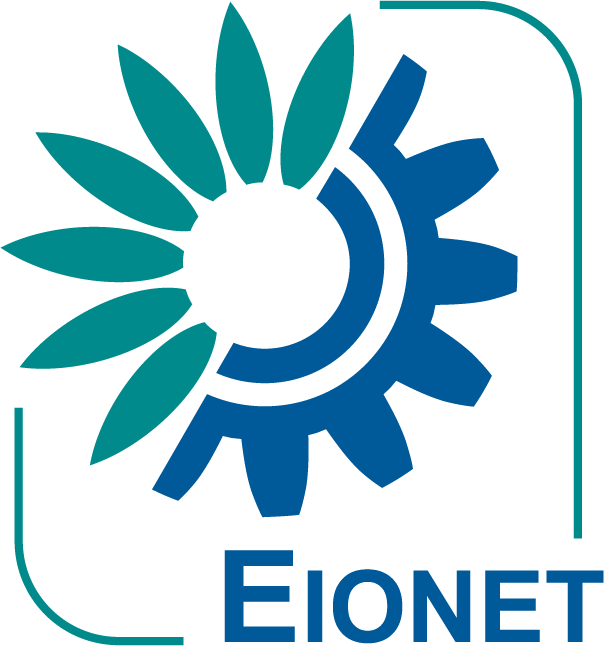Frequently asked questions about log in to workspaces in Microsoft Teams and other EEA applications
Note: This frequently asked questions is a living document and will be regularly updated.
1. What do I need to be able to log in to the workspace in Microsoft Teams?
Log in can be done in:
- A modern browser - Microsoft Edge or Google Chrome are fully supported. Please read more on the supported browsers.
- Or directly in Microsoft Teams app, if you already use it.
It is important to stress that you do NOT need a licence for Microsoft Teams, nor do you need to have the Microsoft Teams app installed on your computer. All functionality is equally available through the browser, and you will not miss out on functionality if you use the browser version.
The first time you log in you will need to set up multifactor authentication method, such as the Microsoft Authenticator app. You will be guided through the process when you click on the invitation. In the invitation there is a link to a step-by-step guide that can help you through the steps.
For other options and more details on the Multifactor Authentication, please refer to Section 3 of these FAQs.
All the subsequent times you log in, you will be required to authorize the login. You will authorize the login in the Microsoft Authenticator App, by clicking “Approve”;
2. What is Multifactor authentication and why do we need it?
Multifactor authentication is an important security measure that adds a second layer of protection to your account, in addition to your username and password. This additional layer makes it much harder for hackers to break into your account.
To be able to log in to a workspace in Microsoft Teams, EEA requires multifactor authentication.
The EEA is required by regulation to protect our (and our member country) data, and multifactor authentication is the standard way to do this. EEA is currently working on securing all our external facing applications, such as Reportnet 3.0, with this important security measure. Other EU institutions are required to do the same in order to comply with Cybersecurity Regulation and implement the EU’s Cybersecurity Strategy for the Digital Decade.
Multifactor authentication is becoming the standard for securing applications accessible over internet, not only in the EU context but also in the private sector (banks, social media, shopping).
3 Common questions on Multifactor Authentication
3.1 Which multifactor authentication method shall I use?
We recommend you to use the Microsoft Authenticator app which is available for Android and Apple smartphones or tablets free of charge. This is the most convenient method and is fully suppported to work with all Microsoft services.
Please note that EEA helpdesk is not able to provide custom support for users of any different authentication method, and we cannot guarantee for those to work.
3.2 How can I log in if my employer does not provide me a mobile phone?
You can also use a (personal) tablet or a smartphone, on which you will need to install the Microsoft Authenticator app.
3.3. I have concerns about privacy. Who will see my phone number?
If possible, we suggest that you use Microsoft Authenticator app on a smartphone or tablet. This way, you will not be required to provide any phone number to anyone. From a privacy and security perspective this is the best choice.
3.4. How often will I need to use the Authenticator app?
The authentication becomes necessary:
- When logging in;
- When switching between accounts;
- Or when the session runs out.
When either of these situations happen, you will be required, depending on your choice of multifactor authentication method, to approve authentication through the authenticator app.
These situations depend on the settings of your computer and user behaviour i.e., whether the Microsoft Teams app or the browser is used, whether the browser is closed or left open throughout the day. If you log in every workday, you can expect to authenticate with Microsoft Authenticator app at least once per workday.
3.5. What happens if I lose my phone / get a new phone or a new phone number number?
You can use the self-service Multifactor Authentication Setup, to update the authentication method, i.e., changing from one phone to another . Make sure to select the EEA as organisation, as the authentication method is set individually by organisation.
We recommend that you write to helpdesk@eea.europa.eu if you face problems with updating your authenticator/phone number. We can initiate a re-registration for your multifactor authentication method the next time you log in to the Teams workspace.
3.6. My employer also uses Microsoft Teams, but multifactor authentication is not required. If I log in with the same email will this affect Microsoft Teams in my institution?
There will be no conflicts with your institution’s security settings for Microsoft Teams, if your institution has different requirements for login.
The multifactor authentication is compulsory only for the institution that requires it, in this case EEA, and will not be required for other institutions where you use the same email address to log in.
4. I have a personal Microsoft account with a different email address, not with my professional email address. Can I use this email address?
We strongly recommend that you use your professional email address if possible. Please note that any notifications from Teams and related applications will be sent to this email address.
